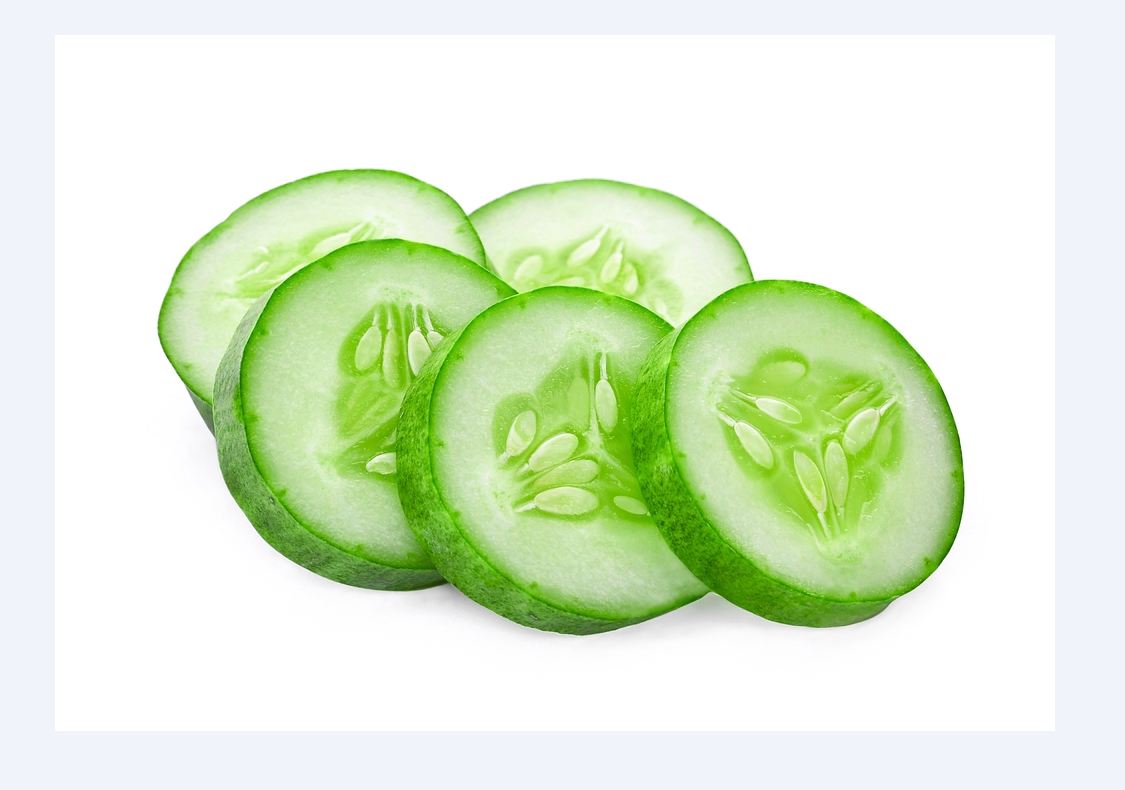Acne Overview
Acne is a common chronic, inflammatory skin condition. It causes bumps or spots on the skin known as pimples. Pimples form when the tiny hair follicles in your skin are blocked by dead skin and oil. This causes bacteria to grow and irritate the skin. Pimples appear on the face, but also on the shoulders, back, neck, chest, and upper arms. Acne usually starts in your early teen years.
Acne Signs
Many people think that acne is just pimples. But a person who has acne can have any of these blemishes:
- Blackheads
- Whiteheads
- Small, raised, red spots
- Papules
- Pustules (what many people call pimples).
- Nodules
- White, fluid-filled tips on the spots
- Cysts
- Solid, tender lumps under the skin
- Acne Causes
Most people who have acne are teenagers or young adults, but acne can occur at any age. Newborn babies can get acne. Men and women get acne. Some women get acne when they reach middle age.
Acne appears when a pore in our skin clogs. This clog begins with dead skin cells. Acne is caused by bacteria that block the hair follicles in your skin. The bacteria are made up of dead skin and oil. Family history contributes to acne. If your parents had bad acne, you may have it too. Your immune system plays a role too. Some people are extra sensitive to the bacteria that get trapped in their hair follicles.
Acne Types
Whitehead: The tiny hair follicles in your skin becomes blocked with oil and dead skin. A “whitehead” forms at the tip of each pimple.
Blackhead: The hair follicle is blocked near the surface of the skin. It turns black when it is exposed to air.
Cystic acne: This occurs when cysts form deep in the skin around the hair follicle.
Acne Treatments
Today, there are many effective acne treatments. This does not mean that every acne treatment works for everyone who has acne. But it does mean that virtually every case of acne can be controlled.
People who have mild acne have a few blemishes. They may have whiteheads, blackheads, papules, and/or pustules (aka pimples). Many people can treat mild acne with products that you can buy without a prescription. A product containing benzoyl peroxide or salicylic acid often clears the skin. This does not mean that the acne will clear overnight.
Despite the claims, acne treatment does not work overnight. At-home treatment requires 4-8 weeks to see improvement. Once acne clears, you must continue to treat the skin to prevent breakouts.
Acne treatment that works throughout the body: Medicine that works throughout the body may be necessary when you have red, swollen types of acne. This type of treatment is usually necessary to treat acne cysts and nodules. Your dermatologist may prescribe one or more of these:
- Antibiotics (helps to kill bacteria and reduce inflammation).
- Birth control pills and other medicine that works on hormones (can be helpful for women).
- Isotretinoin (the only treatment that works on all that causes acne).
Procedures that treat acne: Your dermatologist may treat your acne with a procedure that can be performed during an office visit. These treatments include:
Lasers and other light therapies: These devices reduce the p. acnes bacteria. Your dermatologist can determine whether this type of treatment can be helpful.
Chemical peels: You cannot buy the chemical peels that dermatologists use. Dermatologists use chemical peels to treat 2 types of acne — blackheads and papules.
Acne removal: Your dermatologist may perform a procedure called “drainage and extraction” to remove a large acne cyst. This procedure helps when the cyst does not respond to medicine. It also helps ease the pain and the chance that the cyst will leave a scar. If you absolutely have to get rid of a cyst quickly, your dermatologist may inject the cyst with medicine.




